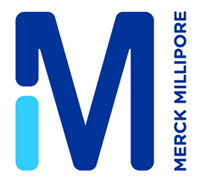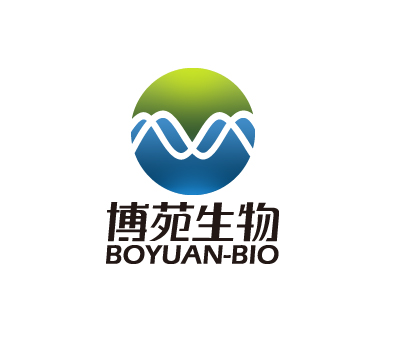Team:SJTU-BioX-Shanghai
From 2013.igem.org
(Difference between revisions)
| Line 145: | Line 145: | ||
<br><img src="/wiki/images/7/73/12SJTU_r.png"><font face="Cambria, serif " size="4"><font face="Wingdings " size="4"></font><font face="Cambria, serif " size="4"> The <strong>BREAKTHROUGH</strong> we made:<strong> an easy-to-use BLACK BOX, a versatile platform</strong> for <strong>in vivo optimization of metabolic pathways</strong>. | <br><img src="/wiki/images/7/73/12SJTU_r.png"><font face="Cambria, serif " size="4"><font face="Wingdings " size="4"></font><font face="Cambria, serif " size="4"> The <strong>BREAKTHROUGH</strong> we made:<strong> an easy-to-use BLACK BOX, a versatile platform</strong> for <strong>in vivo optimization of metabolic pathways</strong>. | ||
| - | <br><font face="Wingdings " size="4"><img src="/wiki/images/7/73/12SJTU_r.png"></font><font face="Cambria, serif " size="4"> The <strong>System</strong> we built: | + | <br><font face="Wingdings " size="4"><img src="/wiki/images/7/73/12SJTU_r.png"></font><font face="Cambria, serif " size="4"> The <strong>System</strong> we built: A wonderful <strong>Integration of Computer, Microcontroller Unit, Light Sources and their corresponding Sensors, and CRISPRi</strong>, a versatile gene interrogation tool. From </strong>digital to optical and finally to biological</strong>! |
<br><strong><font face="Wingdings " size="4"><img src="/wiki/images/7/73/12SJTU_r.png"></font><font face="Cambria, serif " size="4"> The Teams we Helped:</font></strong> Shared our parts with Zhejiang University and the Chinese University of Hong Kong. Helped with the modeling of NTU-Taida and NTU Taiwan. Assisted Shandong University establish their own team. | <br><strong><font face="Wingdings " size="4"><img src="/wiki/images/7/73/12SJTU_r.png"></font><font face="Cambria, serif " size="4"> The Teams we Helped:</font></strong> Shared our parts with Zhejiang University and the Chinese University of Hong Kong. Helped with the modeling of NTU-Taida and NTU Taiwan. Assisted Shandong University establish their own team. | ||
<br><strong><font face="Wingdings " size="4"><img src="/wiki/images/7/73/12SJTU_r.png"></font><font face="Cambria, serif " size="4"> The Parts we submitted:</font></strong> CRISPRi and Light Sensors. Besides, we shared in our DIY section how to "manufacture" our luminous device, and we open-sourced our User Interface software. | <br><strong><font face="Wingdings " size="4"><img src="/wiki/images/7/73/12SJTU_r.png"></font><font face="Cambria, serif " size="4"> The Parts we submitted:</font></strong> CRISPRi and Light Sensors. Besides, we shared in our DIY section how to "manufacture" our luminous device, and we open-sourced our User Interface software. | ||
| - | <br><strong><font face="Wingdings " size="4"><img src="/wiki/images/7/73/12SJTU_r.png"></font><font face="Cambria, serif " size="4"> The Application we proposed:</font></strong> | + | <br><strong><font face="Wingdings " size="4"><img src="/wiki/images/7/73/12SJTU_r.png"></font><font face="Cambria, serif " size="4"> The Application we proposed:</font></strong> Cooperating with companies, attempting to apply our project into biological industry. |
<br><strong><font face="Wingdings " size="4"><img src="/wiki/images/7/73/12SJTU_r.png"></font><font face="Cambria, serif " size="4"> A Flaw we found:</font></strong> We helped the author of a JMB paper discover a mistaken unit for light intensity. <br><br><br><br> | <br><strong><font face="Wingdings " size="4"><img src="/wiki/images/7/73/12SJTU_r.png"></font><font face="Cambria, serif " size="4"> A Flaw we found:</font></strong> We helped the author of a JMB paper discover a mistaken unit for light intensity. <br><br><br><br> | ||
</div> | </div> | ||
Revision as of 08:52, 19 October 2013
 "
"
 The BREAKTHROUGH we made: an easy-to-use BLACK BOX, a versatile platform for in vivo optimization of metabolic pathways.
The BREAKTHROUGH we made: an easy-to-use BLACK BOX, a versatile platform for in vivo optimization of metabolic pathways.





